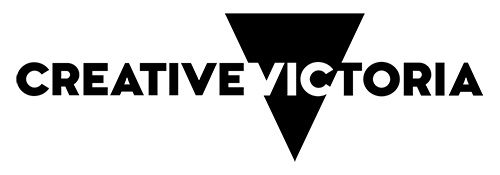These playful and humorous images are a celebration of football and a wistful look at the past. Referencing bubble gum footy cards from
the 1970’s and 80’s (and press images, including Rennie Ellis' iconic image of Robbie McGhie), Miller recreates himself as
boyhood football heroes to explore issues of masculinity, identity and cultural difference.
Footy cards are used as a microcosm to reflect upon a country recently emerging out of the White Australia policy (it was legally
abolished in 1973) - an assembly of predominantly white men, with some Indigenous players and almost no Asians. Aussie Rules in
the 1970’s and ‘80’s exemplified traditional notions of masculinity- toughness, dominance, aggression, emotional stoicism, and
suppression of any vulnerability or weakness.
These values were worshipped in the boarding house Miller attended as a child, with boys trying to emulate their heroes.
Straying from the script risked being picked on or suffer relentless bullying. Compared to today’s highly stylised and
groomed celebrities on Instagram and social media, footy luminaries on cards from this period are refreshingly unmanicured.
Larrikin moustachioed grins, dishevelled hair, hammed up poses and indifferent photography coalesce into comical
portraits which defy the revered status with which these players were held. Hard men look surprisingly soft.
+
Read Essay by Dr Sean Gorman

IMAGES > [Above] Graham Miller, "Lethal" Leigh Matthews, 1978, 2019.
[Top] Graham Miller, “Choppy” Les Fong, 1981, [detail], 2019.
[Below] Graham Miller, "The Galloping Gasometer" Mick Nolan, 1979, 2019.
Images courtesy of the artist.



.png)


